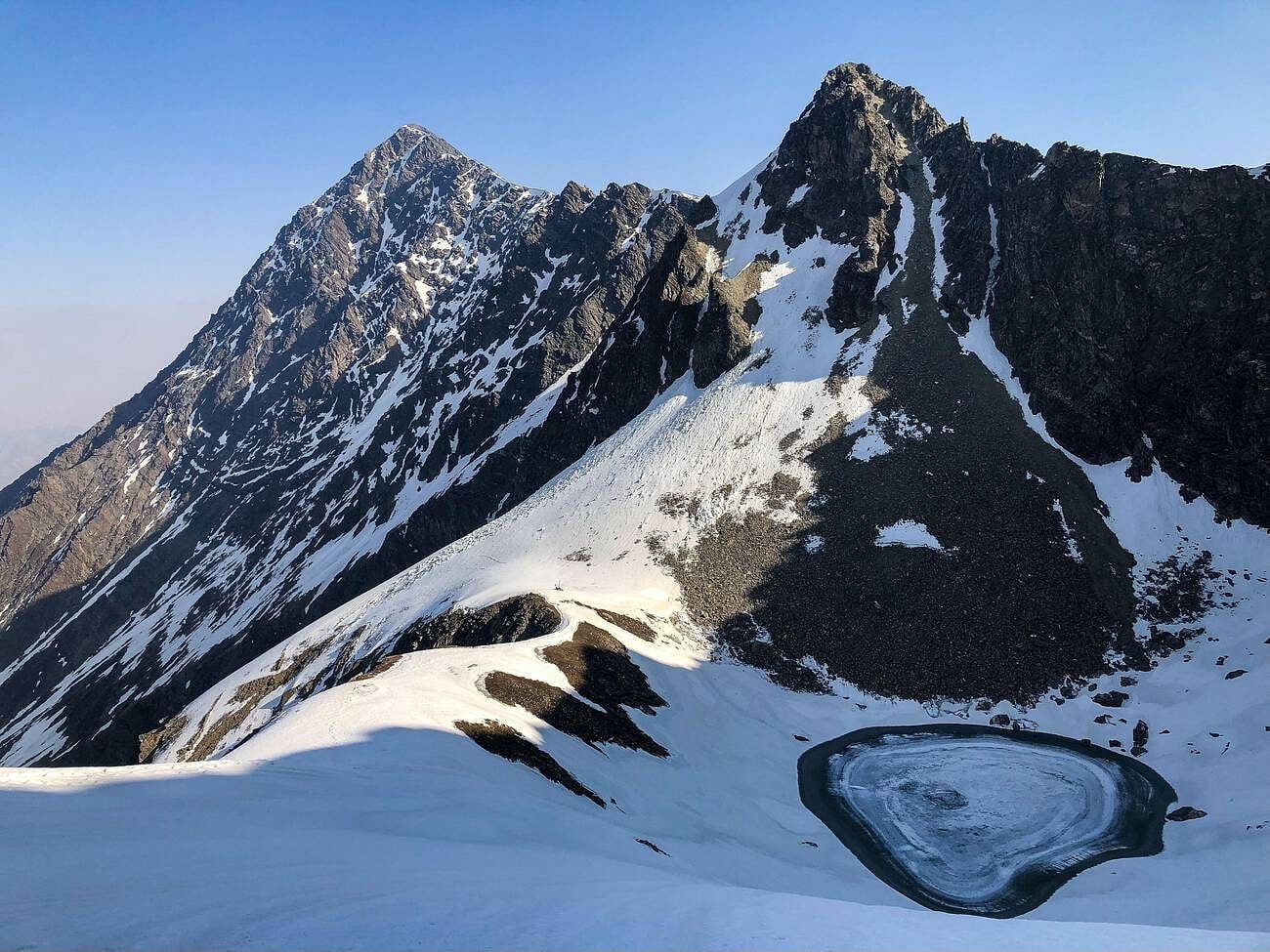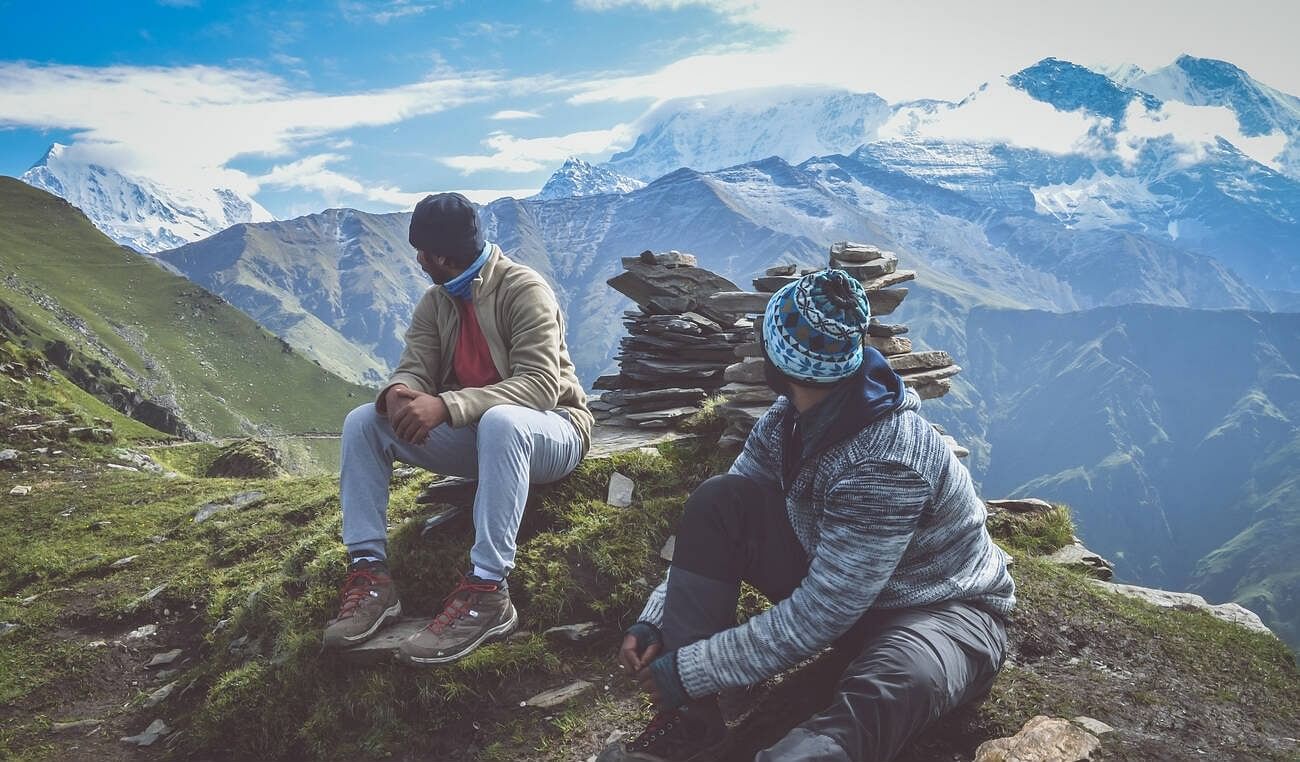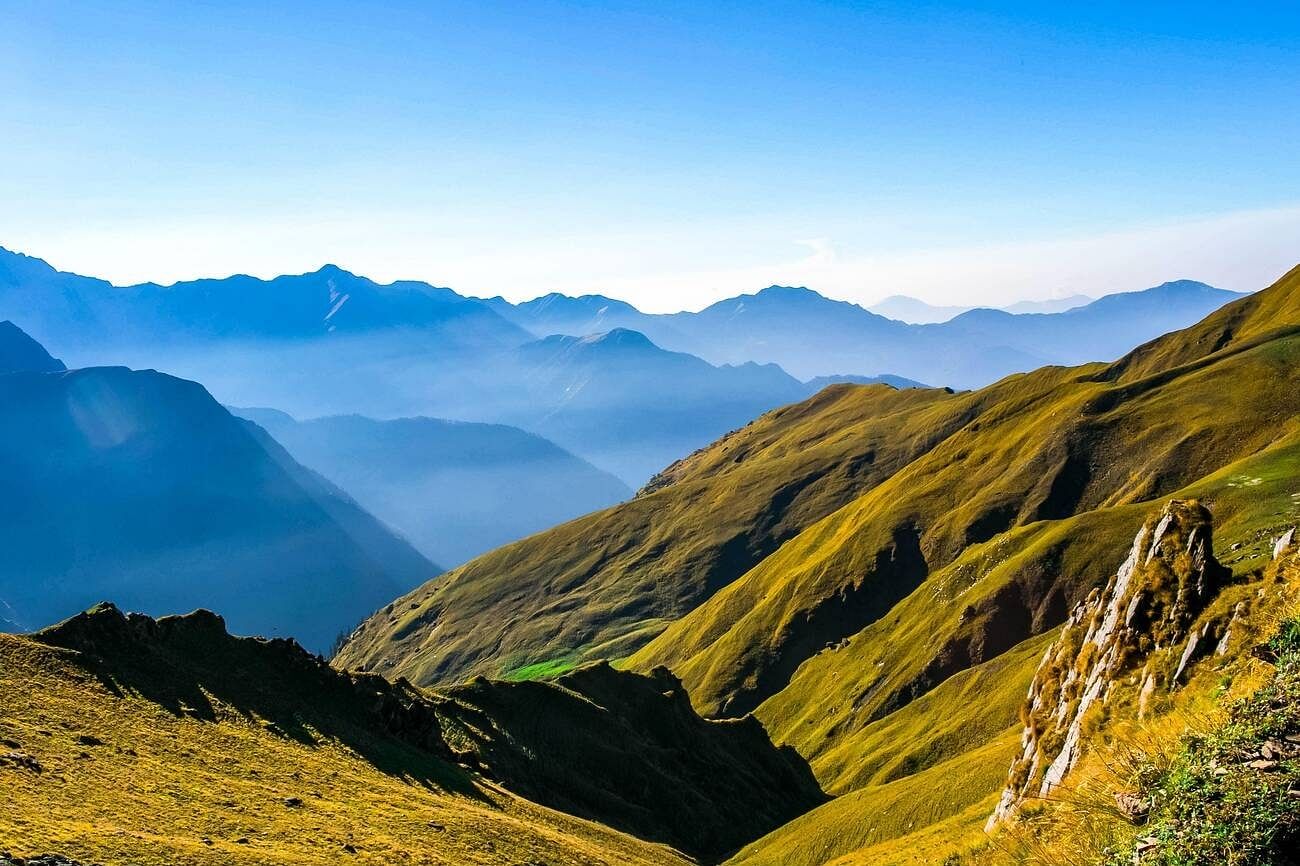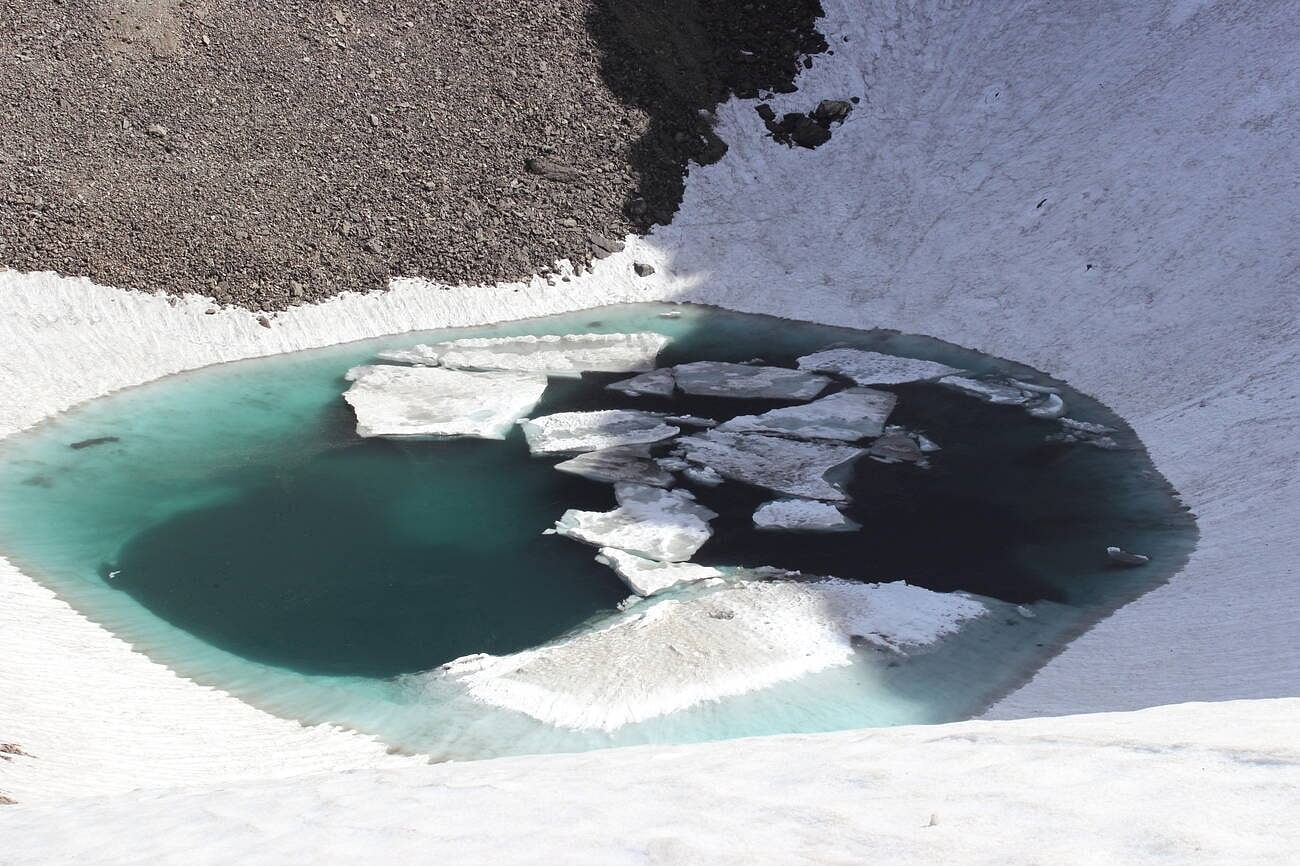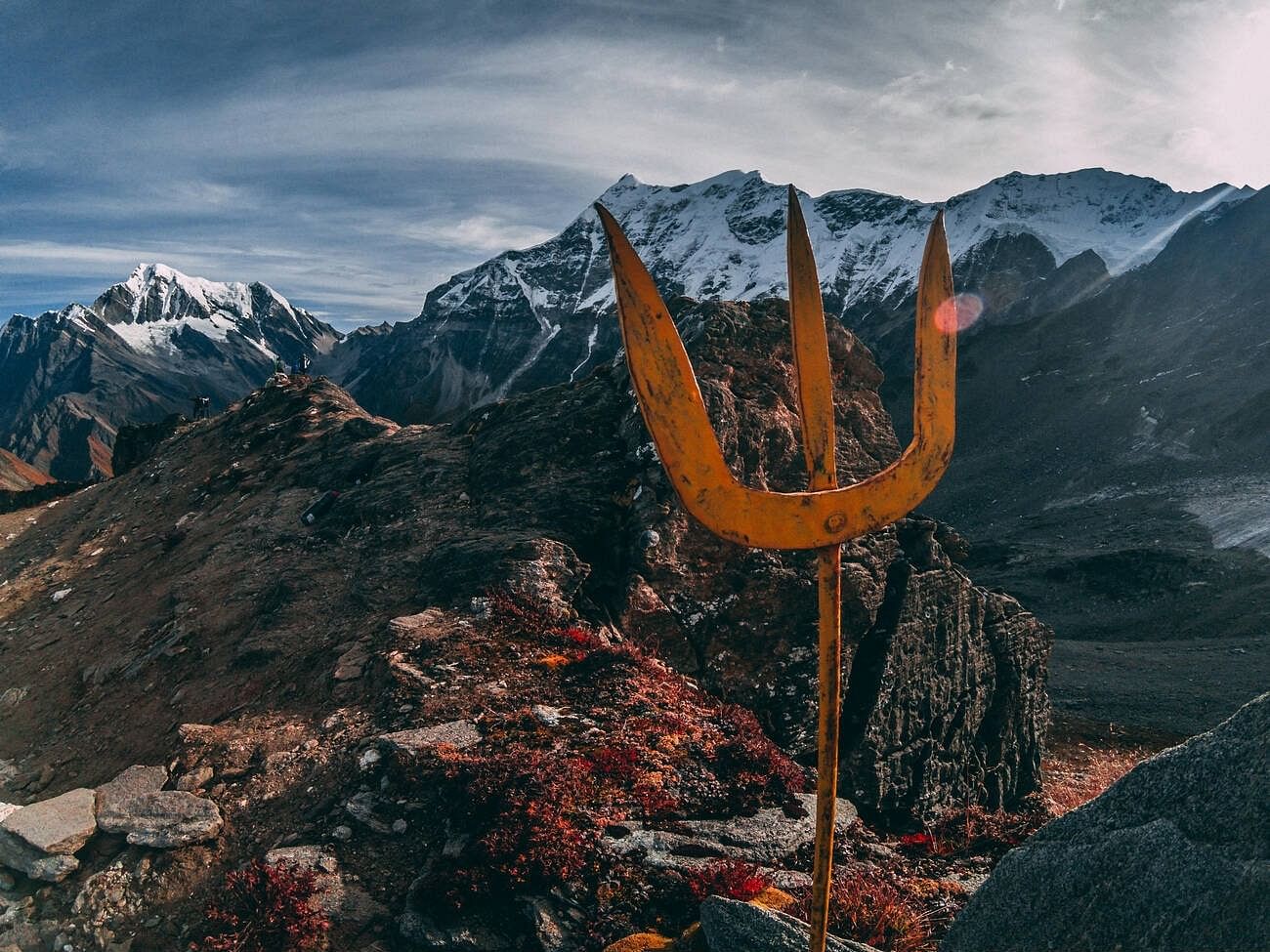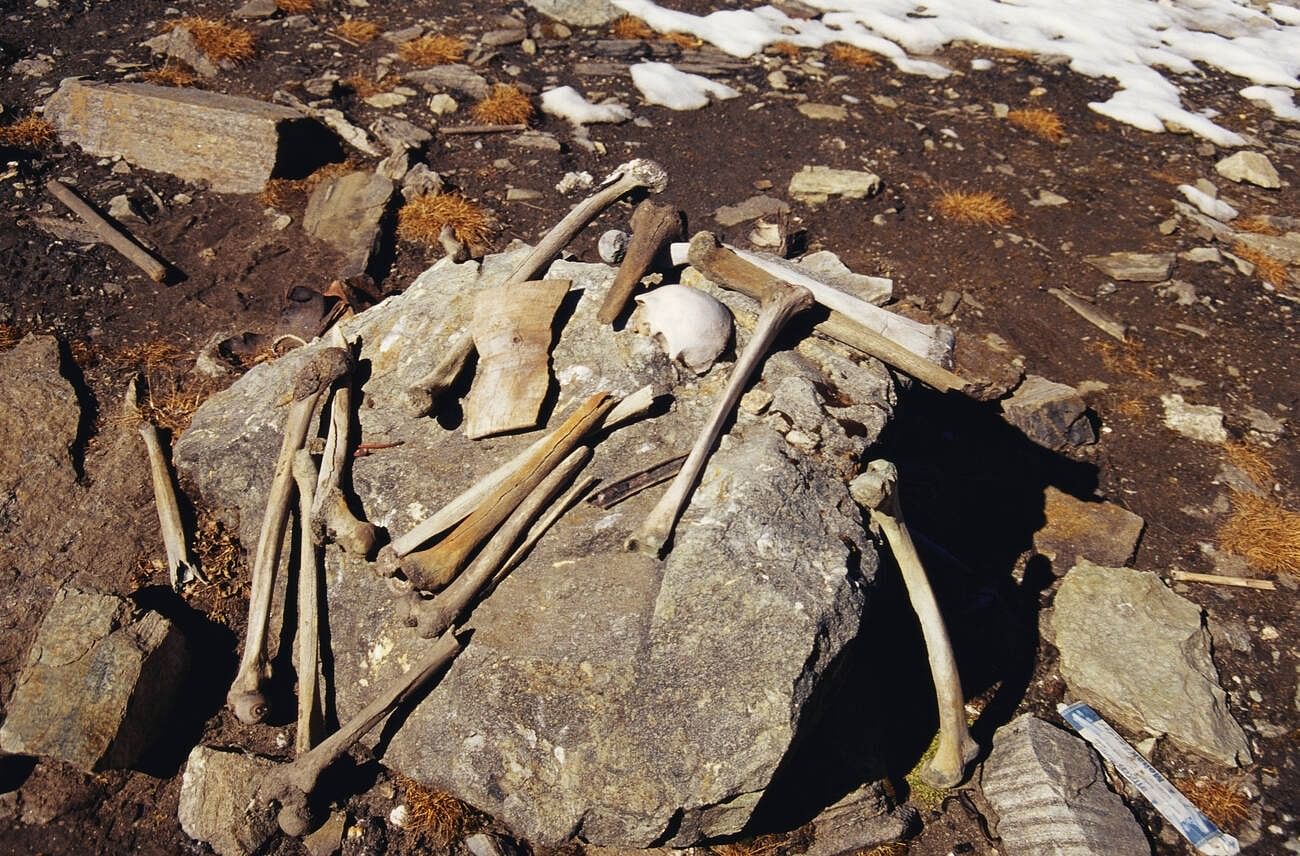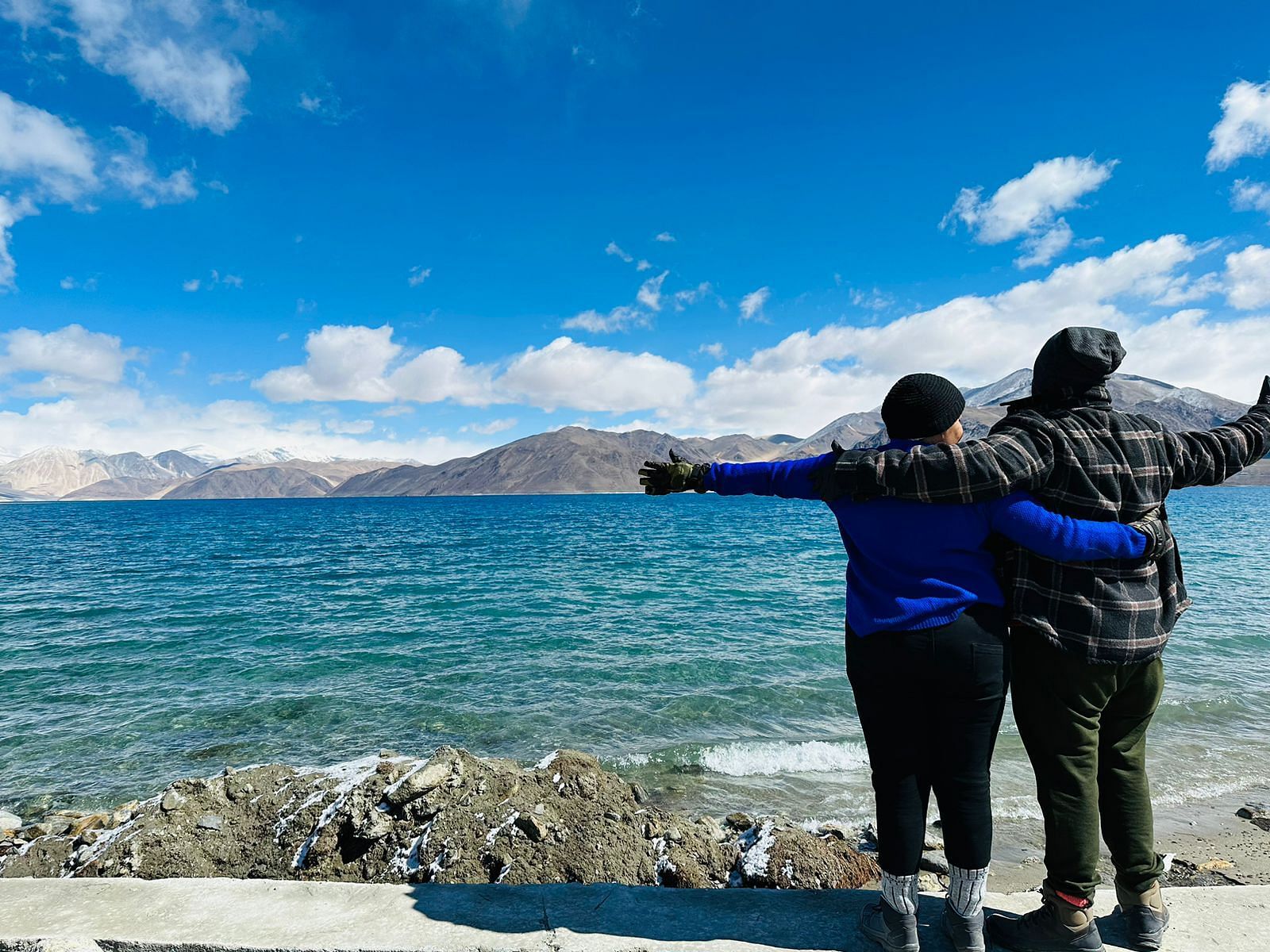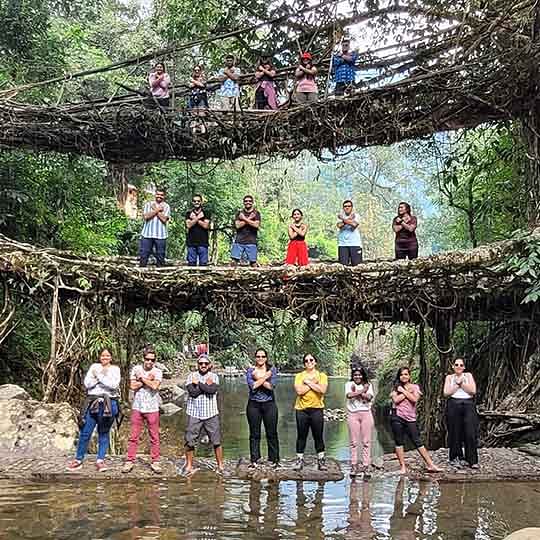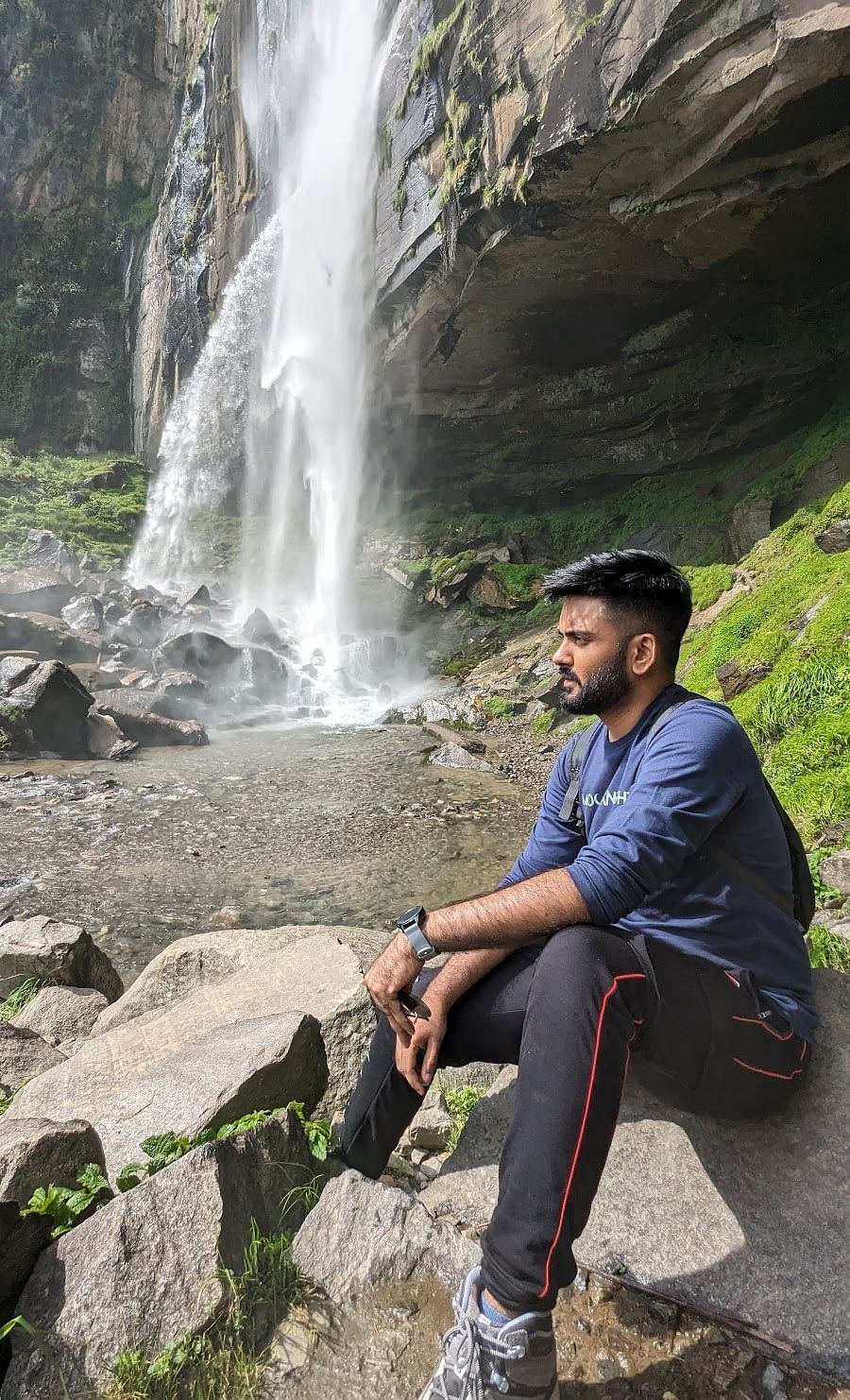The Roopkund trek Uttarakhand is not just an ordinary trekking destination. It’s a place covered in mystery, boasts breathtaking landscapes, and is infamous for its spooky lake of skeletons.Yes, you heard it right! Roopkund in Uttarakhand is also known as the “Skeleton Lake”, or the “Mystery Lake” as hundreds of human skeletons are found scattered on its bed and the surrounding areas. And it sounds darker as no one knows the exact origin of all these dead people.
As the snow melts during the summer months, this dreadful scenario of bones and skulls spread around Roopkund Uttarakhand comes to life. So, let’s know more about Roopkund’s history, natural beauty, trekking experiences, and the intriguing stories behind the mysterious skeletons.
Also Read: Dare To ‘Dine With Dead’ At Lucky Restaurant, Ahmedabad
About Roopkund Uttarakhand
Roopkund can only be accessed by trekking and therefore the Roopkund Trek Uttarakhand is one of the most popular trek in India. Roopkund is located at an altitude of 15700 ft (5072 m), nestled beautifully in the lap of Trishul massif. Surrounded by rocky glaciers and snow-capped mountains, makes Roopkund trek Uttarakhand, is a popular trekking destination.The Roopkund trek route passes through the twin Bugyals (high-altitude meadows) of Ali and Bedni. What makes Roopkund trek Uttarakhand is the amazing views that it provides all along the route. You can enjoy some amazing views of Kedarnath, Chaukhamba, Neelkantha, Trishul & Nanda Ghunti peaks while in the Roopkund Trek.
The campsites on the Roopkund trek trail are also very picturesque. The Roopkund trek Uttarakhand is recommended for experienced trekkers because of its moderate plus difficulty level. Roopkund trek best time is May – June, and September – October.
Also Read: The Story Of Kodinhi Village, Kerala: The Land Of 400+ Twins
The Mythology of Roopkund
The Roopkund is located in Uttarakhand which is also known as the land of gods. And thus, the surroundings of Roopkund have a rich history of mythological events and folklore. According to Hindu mythologies, it is believed that the Bedni Bugyal you cross on your Roopkund trek Uttarakhand is a place where the 4 Vedas were written.The Bedni Kund at the Bedni Bugyal on the Roopkund trek is a holy place, as this is the place where goddess Parvati killed the demon Mahisasura in her Kali incarnation. After the fight with the demons, goddess Parvati wanted to clean herself up. So, her husband, Lord Shiva, created a lake with his Trishul, surrounded by high mountains.
Lord Shiva stood guard when his wife Maa Parvati was having a bath in the lake. As she bathed, the goddess could see a clear reflection of herself in the blue waters of the lake, thus this lake got its name as Roopkund.
Discovery of Roopkund – The Skeleton Lake of India
In the stunning heights of Roopkund, a place known for its breathtaking beauty, a mystery lay hidden for decades, which unfolded in the 20th century. Back in 1942, during the British Raj, a forest guard officer named Hari Kishan Madwa stumbled upon a skeleton near the Roopkund Lake.As Madwa followed the trail of skeletons, he reached Roopkund and was shocked to find not just one or two, but a multitude of skeletons lying at the lake’s base. Fearing the worst, he thought these might be the remains of Japanese soldiers, considering it was the time of World War II. Without hesitation, he reported his discovery to the Indian army.
The puzzle of finding so many skeletons at the whooping height of 5,000 m, evoked the curiosity of scientists, researchers, and anthropologists. Later, a team of experts was sent to investigate. They excavated and researched almost 300 skeletons. Upon investigation, it was found that these skeletons were too old to be of the Japanese soldiers.
Upon asking the locals around, some shocking revelations opened up to the world. The locals knew about the skeletons and they had hid about it from the rest of the world. The story told by the locals was very shocking and unbelievable, but it is a famed legend in the region. The famous legend is also famous in the local folk songs.
The locals said that the skeletons are more than 700 years old. Along with the skeletons, the locals had also found some weapons, jewelry, leather footwear, clay pots, etc which justifies the famous legend of Roopkund and the cursed king, as told by the locals.
Also Read: Beautiful Yet Tragic – Story Of Nohkalikai Waterfalls Cherrapunji
The Legend of Roopkund – Victims of Angry Goddess
The legend of Roopkund Uttarakhand goes back to the year 850 AD when the king of Kannauj visited the nearby Nanda Devi Shrine. Nanda Devi is considered to be the incarnation of Goddess Parvati, wife to Lord Shiva. The king of Kannauj, along with his pregnant wife were on a pilgrimage to the Nanda Devi Shrine. They had to do the Roopkund trek to reach the temple, which was pretty unsafe for the pregnant queen. Many attendants and soldiers accompanied the king and the queen during this journey.
On the Roopkund trek Uttarakhand, the convoy set their camps to spend the night. As a usual royal camp it would be, female dancers were also brought along for entertainment. It is said that this angered the goddess and the convoy was very disrespectful towards the females.
The rage of Nanda Devi escalated, when the queen delivered the baby at the campsite, which spoiled the holy land, thus making it impure. Outraged Nanda Devi showered iron balls from the sky, which caused the death of the whole convoy. It is still a topic of debate whether it was the iron balls that killed the convoy or the hailstorms, with hails as big as the fist that killed the group.
The hailstorm story seems more believable since this region is prone to heavy hailstorms and snowstorms at this altitude. The whole convoy got buried under the snow. And with time, due to the seasonal melting of snow and boulder moments, the bodies flowed down to the Roopkund lake.
But, this story as told by the locals, seemed unbelievable at first, but pieces of evidence like the weapons, jewelry, pots, etc found around the lake by the locals, strongly back up this story. Many researchers also say that these skeletons belong to men, women and children, which possibly would have been a part of this pilgrimage journey with the king and queen.
A ritual of the Nanda Raj Jat Yatra that takes place every 12 years, is a result of this legendary story of the cursed king. After every 12 years pilgrims visit the Nanda Devi Shrine near Roopkund to seek blessings from Nanda Devi. This yatra is carried on with utmost respect to avoid the wrath of the goddess, just like the king of Kannauj and his troops.
Also Read: Kongthong Whistling Village: A Musical Journey In Meghalaya
Interesting Findings About Roopkund Skeleton Mysteries
There were almost 600-800 skeletons found on this Roopkund trek Uttarakhand. The first research on these skeletons was done in the late 1940’s after they were discovered by the British Forest Officer, to know if the dead people were the Japanese army. The research suggested that these skeletons were very old to be of the Japanese soldiers and that the skeletons were of all age groups of people – men, women, and children as well. This puzzled all the experts in the world, after which numerous researches were followed. Back-to-back research expeditions were done.
Many theories like epidemic outbreak, pandemic, or ritual suicide came up, but most of the theories were discarded, due to the lack of evidence. No bacterial infection was found in these skeletons.
It was noticed that most of the skulls seemed to be hit by some hard object, which can be iron balls, or most evidently hailstorms. These findings only backed up the story of the cursed king, which people only assumed to be a religious mythological story.
When these skeletons were sent for carbon dating (a process to find the age of skeletons) it showed that there were 2 events, that caused the death of the people here. These events had a difference of 1000 years. It was also noticed that some skeletons were too large as compared to the average Indian height of the people.
In 2019, the research findings stated some mind-blowing results, when the DNA samples of 38 skeletons were collected for study. The results stated that there were people from 3 different genetic backgrounds – South Asia, the Indian subcontinent, and Eurasia (majorly from Greece).
After the research of the Roopkund Skeleton Lake, the mystery still prevails. Well, it is mostly assumed that these people were on a pilgrimage just like the king and queen of Kannuaj, but the actual cause of their deaths is still unknown.
What do you think about the Roopkund Uttarakhand Mystery? Well, it is more than just a mythological story!




